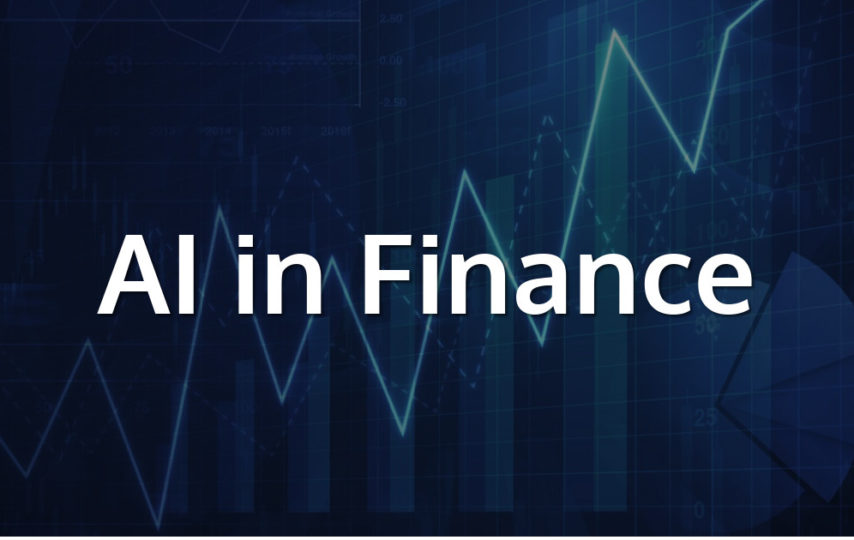Artificial Intelligence has penetrated every industry and walk of life, around us. No matter where you look you can see AI manifesting in one form or the other. Right from e-commerce websites to smartphones, wearable devices, laptops, software and almost all gadgets around us, artificial intelligence can be seen being implemented in one form or the others around us. Organizations and enterprises from all over the world are trying their best to harness the benefits of artificial intelligence to stay competitive and cater to the demands of their customers efficiently.
AI is Changing Societies
In many ways, AI has radically transformed societies and people around us. It is becoming the key to understanding the customer and preparing the business for what may come. AI is also the key to utilizing the abundant source of data that pours into businesses from multiple customer targeting platforms and channels. While some businesses are already sailing in the waves of AI, there are a few who still continue to pursue their traditional methods of business. What these businesses fail to understand is that artificial intelligence is no longer an additional feature or technology that businesses can choose to have. Instead, it is a way to keeping oneself competitive ad sustaining the business in the long run.
The beauty of artificial intelligence lies in finding relevant solutions for every industry. For businesses, it is helping them make decisions and innovate their products, while for the healthcare sector, it is facilitating better healthcare for the people along with the enhanced course of treatments for patients.
AI for the Financial Sector
When it comes to the financial sector, artificial intelligence has more than a few opportunities. Even though it is more fancied in the world of business and gadgets, finance is one area where AI has remained low key till now. But, the underlying question is why does it even matter for the industry? What does AI bring to the table that wasn’t being addressed by the industry before?
For starters, recent market research suggests that the aggregate savings for banks from artificial intelligence applications is estimated at around $447 billion by the year 2023. Splitting this up, the front and middle offices will account for $416 billion of the total. Not only this but governments all over the world, especially in developing countries are focusing on the implementation of artificial intelligence for the financial sector, as it will boost the economy and help governments reach the requisite targets with ease.
However, as many as 80 percent of the banks are aware of the potential benefits of AI in their field. And many of these are already preparing to implement artificial intelligence based solutions. Statistics suggest that 75 percent of the banks with over $100 billion in assets accept tha they are currently implementing AI-based strategies in their organization. However, only 46 percent of the institutions with assets less than $100 billion said that they were deploying the same.
There are more than a few areas where financial institutions are utilizing artificial intelligence. On one hand, it is being used to transform the customer experience, enabling frictionless 24 * & customer interactions. On the other hand, it is being extensively used in the back and middle offices for a variety of purposes.
The front and the middle office AI applications offer the greatest cost savings opportunity among banks. Similarly, it is also being implemented by banks in middle office functions to detect and prevent payment frauds and improve processes for anti-money laundering along with Know your Customer (KYC) regulatory checks.
Enhanced Predictability
AI is allowing financial institutions to get their hands on the new information more quickly and precisely, further assisting them in their portfolio creation process. With superior computing technology available, they can now utilize this data for analysis and develop sophisticated statistical models based on it. All this will contribute to future economic predictions, enabling banks to manage their wealth in a much better manner.
Rational Decision Making
Biases crawl wherever human decision making is involved. This is also valid to investors who might not be completely rational when taking an appropriate investment decision. It leads to all financial institutions being vulnerable due to human decision making. With AI to the rescue, institutions can leverage the disparate market data to arrive at conclusions. This will minimize the chance of any irrational decision or any emotional bias and at the same time boost the odds of a higher return on investments.
Client Advisor Connect
AI is helping financial institutions connect better with their clients by automating numerous aspects of their relationship. This starts with most of the paperwork, legal documentation, risk profiling, etc. all of which are starting to get automated. Moreover, with AI-based data management systems, accessing all this information has become easier than ever and thus, boosted productivity by many folds.
Affordable Advisory
Artificial intelligence is also acting as an advisor to financial institutions helping them save costs and look at clients from an unbiased perspective. With AI, banks can now come up with much better advice for their clients at affordable costs. This kind of advice can enhance investment efforts significantly since it is coming from a source that is well researched and data-backed from real-market experiences and statistics.
Conclusion
Overall, AI will have to be implemented within the financial sector, not from a standalone point of view. But it will have to work in collaboration and partnership with the existing stakeholders to simplify processes and reduce the burden of manual tasks. Institutions must look forward to winning strategies employed by banks undergoing AI transformations to understand the best ways to seize the opportunity for that they get helps from Artificial Intelligence Developer and Python Developers India. In other words, there will be an urgent need for holistic strategies that extend across a banks’ business line, available data, partnerships along with skilled employees.





